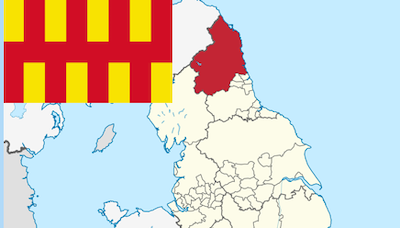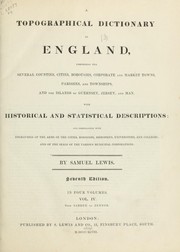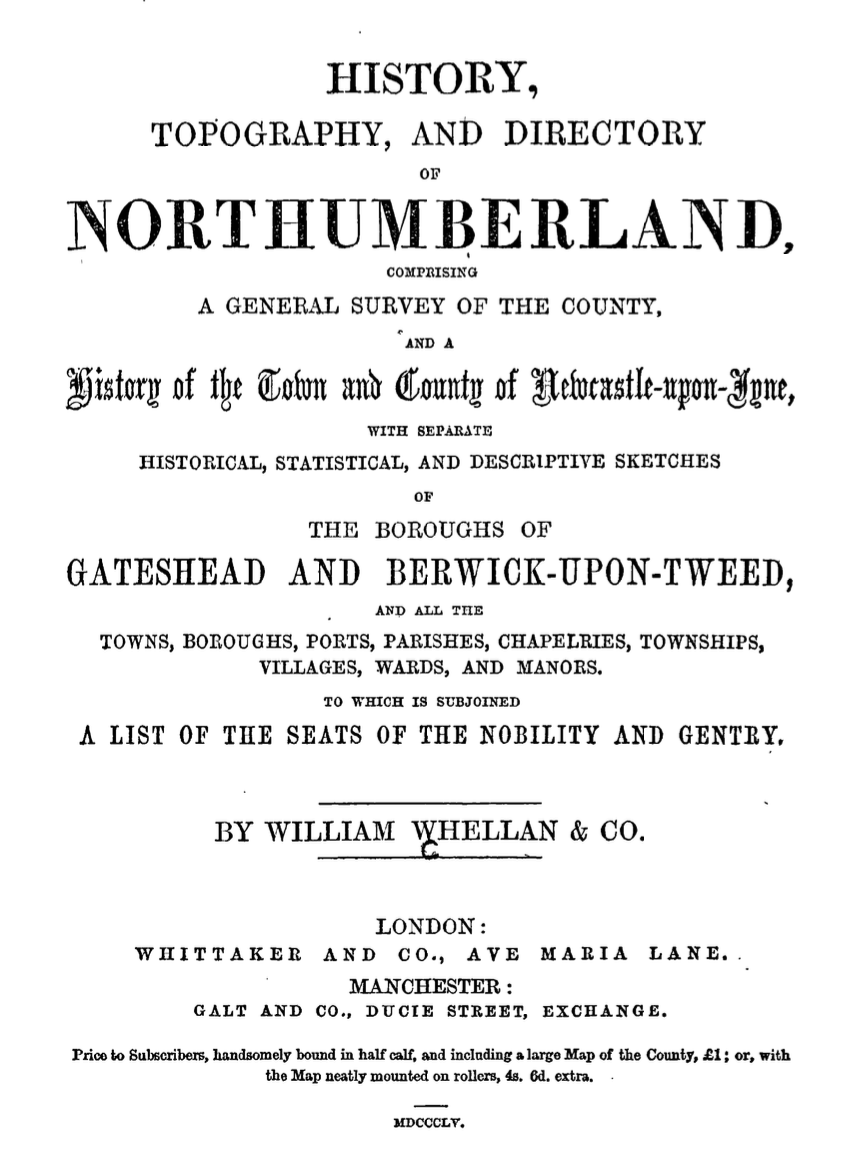Topics > Northumberland > Civil Parishes in Northumberland > Lowick Civil Parish
Lowick Civil Parish
Parish boundaries may have changed - for the latest map see the Parish Council or Northumberland County Council.
About the Parish
Lowick Civil Parish in Northumberland is located in the north of the county, between Wooler and Berwick-upon Tweed, and is about 5 miles inland from the North East coast.
| Settlements: |
Lowick (village), Barmoor, Holburn, Holburn Mill and several farms / hamlets, includng Laverock Law. |
| Population: |
527 (2021 Census) 552 (2011 Census) 559 (2001 Census) |
| Area: | 37.9 km² |
| Parish Council: | Lowick Parish Council |
| Unitary Authority: | Northumberland County Council |
Historical |
|
|
Ancient Townships: (in the modern CP area)
|
Holborn Township (Holburn) Townships generally became civil parishes in their own right in 1866 (see below). However, in the case of Lowick, it's 4 constituent townships remained part of Lowick Civil Parish from when it was formed in 1866. |
| Ancient Parish: |
Population: 1,382 in 1801, and 1,941 in 1851. The ancient parish also included the township of Bowsden, as well as the townships of Barnoor, Holborn and Lowick (according to Whellan, 1855, below). Gazetteers:
Ancient parishes refer to the parishes before the split between ecclesiastical (church) and civil parishes in the 19th century. They had a parish church and often were composed of multiple townships and chapelries. In many cases, townships and parishes were originally based on the territory of manors from the feudal system during medieval times. Civil parishes were created following the Poor Law Amendment Act 1866, in which Church of England parishes, extra-parochial areas, townships and chapelries, became "civil parishes" which could set their own poor rate (tax). Then the reforms of Local Government Act 1894 established elected civil parish councils (or parish meetings for parishes with less than 300 residents) and created urban and rural districts. Boundaries of parishes and civil parishes may have changed over time. |
| Ancient District: |
Glendale (ward) |
| Poor Law Union: |
Glendale Poor Law Union, formed in 1836. Glendale Union Workhouse was located on Wooler High Street, built in 1839 to house up to 70 inmates. Under the Poor Law Amendment Act of 1834 parishes were grouped into Unions, each of which had to build a workhouse if they did not already have one. It ended the old system of locally provided poor relief which had come under strain as numbers out of work grew, following increasing mechanisation of agriculture and the economic downturn after the Napoleonic Wars, along with changing social attitudes. The workhouse provided those unable to support themselves financially with accommodation and work. Inmates were generally segregated into men, women, boys and girls. The workhouse system was abolished by the Local Government Act 1929, but many workhouses lived on as ‘Public Assistance Institutions’ until the National Assistance Act 1948. |
|
District Council: |
Glendale Rural District (1894 - 1974). The district was abolished in 1974, following the Local Government Act 1972. Berwick-upon-Tweed Borough (1974 - 2009). Berwick-upon-Tweed district covered the previous borough of Berwick-upon-Tweed, Belford Rural District, Glendale Rural District and Norham and Islandshires Rural District. The district council was abolished when Northumberland County Council became a unitary authority on the 1st of April 2009. |
|
Major boundary change: |
On the 1st April 1955, 3,521 acres at the north of the Lowick Civil Parish was lost to form Bowsden Civil Parish. |
|
County / Unitary Authority |
In 1572 Parliament passed a bill annexing Hexham and Hexamshire to the County of Northumberland. The ancient county of Northumberland was enlarged following the Counties (Detached Parts) Act 1844; Bedlingtonshire, Norhamshire, Islandshire, the Farne Islands and Monks' House all became part of Northumberland. Up to then they had been enclaves of County Durham. Northumberland County Council formed 1889. Major boundary changes came into effect on the 1st April 1974. This followed the Local Government Act 1972, which formed the non-metropolitan county of Northumberland. This excluded the City of Newcastle upon Tyne and North Tyneside, which up to then had been part of Northumberland, but now became part of the newly formed Tyne & Wear. Northumberland County Council became a unitary authority on the 1st of April 2009. |
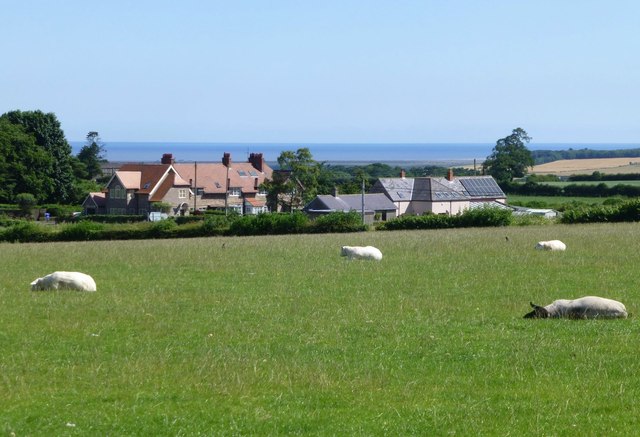
Co-Curate Page
Barmoor
- Overview Map Street View Barmoor is a hamlet in Northumberland by the boarder with Scotland, including Barmoor Castle, just west of Lowick. There are a few residences, most of wich …
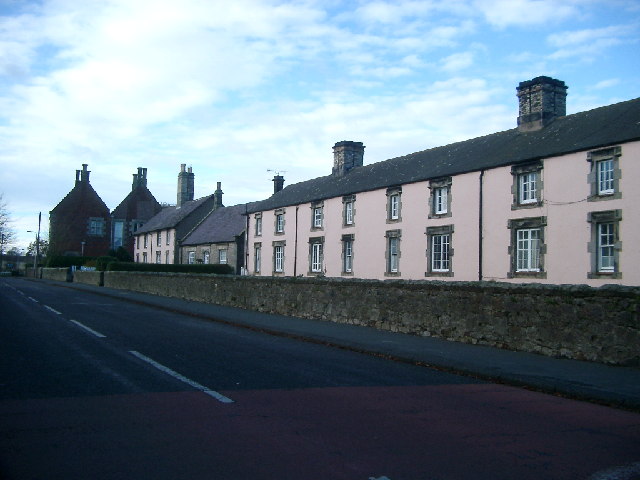
Co-Curate Page
Lowick
- Overview About Lowick Map Street View Lowick, Northumberland Lowick is a village in Northumberland, England. It appears in records as early as 1181 as Lowich, and in 1242 as Lowyc. …
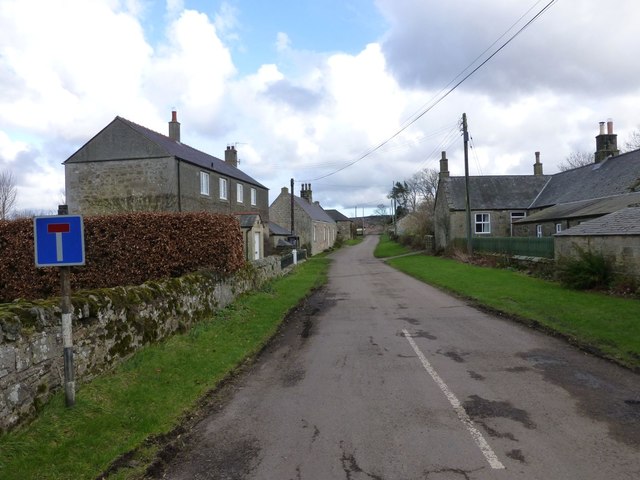
Co-Curate Page
Holburn
- Overview Map Street View Holburn is a hamlet in Northumberland, located about 2½ miles south-east of the village of Lowick. There was a substantial settlement here during Medieval times, and …
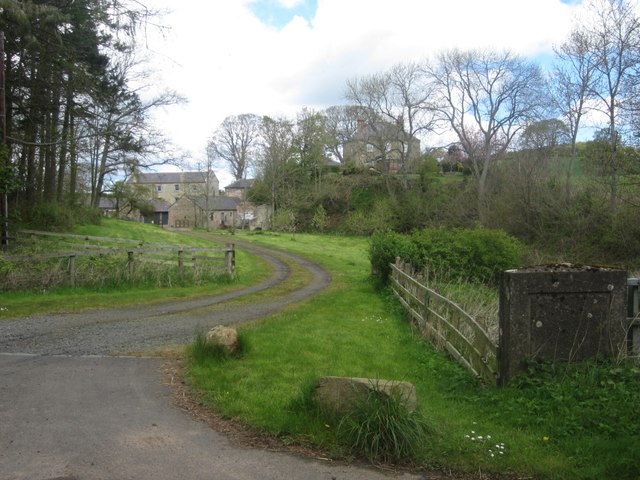
Co-Curate Page
Holburn Mill
- Located by Hetton Burn, just south of the hamlet of Holburn in Northumberland.

Co-Curate Page
Laverock Law
- Overview Map Street View Laverock Law is a farm in Northumberland, located to the west of the village of Holburn and south of the village of Lowick. It is situated …


Co-Curate Page
Barmoor
- Overview Map Street View Barmoor is a hamlet in Northumberland by the boarder with Scotland, including Barmoor Castle, just west of Lowick. There are a few residences, most of wich …

Co-Curate Page
Lowick
- Overview About Lowick Map Street View Lowick, Northumberland Lowick is a village in Northumberland, England. It appears in records as early as 1181 as Lowich, and in 1242 as Lowyc. …

Co-Curate Page
Holburn
- Overview Map Street View Holburn is a hamlet in Northumberland, located about 2½ miles south-east of the village of Lowick. There was a substantial settlement here during Medieval times, and …

Co-Curate Page
Holburn Mill
- Located by Hetton Burn, just south of the hamlet of Holburn in Northumberland.

